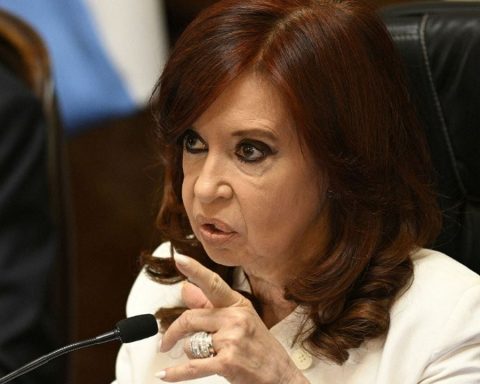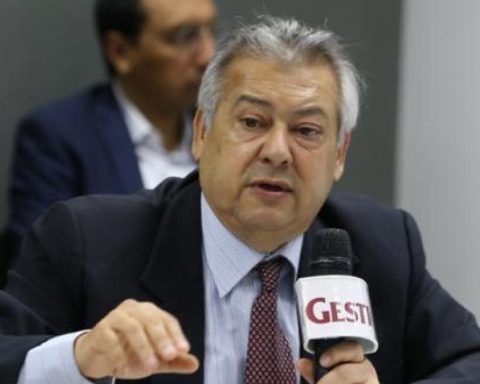The reserves of the Central Bank added this Tuesday $3.98 billionafter disbursement of International Monetary Fund (IMF) corresponding to the approval of the first review of the Extended Facilities Agreement signed with the agency, the national government reported.
With this disbursement from the IMF, which occurred after meeting all performance criteria during the first quarter of this year, after the agency’s audit approved at a recent Board meeting, Argentine reserves reached US$ 42,139 million (This Monday they were US$ 38,121 million).
At the time, the head of the IMF herself, Kristalina Georgievrecognized that the Argentina had met “all the quantitative objectives by the end of March 2022advancing in the implementation of the structural commitments of the program”.
The IMF also welcomed the commitment of the Argentine authorities to implement policies consistent with the objectives of the annual program.
“Decisive implementation of the program’s policies will be critical to supporting Argentina’s economic recovery.”Kristalina Georgiev
“The authorities remain committed to the multifaceted strategy agreed upon to cope with persistently high inflationeven continuing with the normalization of policy interest rates in a manner consistent with the achievement of positive real interest rates”, highlighted the managing director of the IMF.
Argentina’s 30-month agreement, approved by the IMF Board on March 25, seeks to “contribute to the economic recovery that Argentina is experiencing, as well as strengthen macroeconomic stability and continue to address Argentina’s historical challenges.” , recalled the IMF.
He himself “gives Argentina Balance in the balance of payments and financing budget linked to specific measures to strengthen public finances, address the inflationary issue and increase the accumulation of reserves,” he added.

For Georgieva, in the context of “market volatility”, the efforts to strengthen and deepen the debt market in pesos, which is an essential pillar of the 30-month agreement, “remain critical, along with the firm implementation of the objectives prosecutors”.
“Continuous progress is needed in the implementation of the structural reform agenda,” he said, for which he considered that “the decisive implementation of the program’s policies will be essential to support Argentina’s economic recovery, strengthen macroeconomic stability and advance further in addressing its deep-seated challenges to lay the foundations for more sustainable and inclusive growth.”
The Extended Facilities Agreement reached with the International Monetary Fund (IMF), approved by the National Congress and ratified by the multilateral organization, will last for two and a half years and refinances the debt contracted in 2018 by the Government of Mauricio Macri.
The main axes of the Memorandum of Understanding with the IMF
– The extended agreement will have a duration of 30 months for an amount of US$ 44,000 million
– It will have 10 quarterly reviews with disbursements, the first immediately of US$ 9,656 million.
– Its objective is to strengthen public finances and begin to reduce persistently high inflation.
– Provides for a reduction in the fiscal deficit with primary deficit targets of 2.5% of GDP in 2022, 1.9% in 2023, and 0.9% in 2024.
– The competitive exchange rate scheme will be maintained, without a sudden jump or devaluation.
– It aims to achieve a structure of positive real interest rates.
– It plans to achieve a segmentation of the rates in three levels for the biennium 2022-2023.
– It will bet on a growth in wages in real terms.
– Does not contemplate any pension reform.
– Recognizes that the Argentine program establishes pragmatic and realistic objectives and that it will help to strengthen macroeconomic stability.
– Promotes the gradual elimination of monetary financing of the fiscal deficit and an improvement in the monetary and exchange policy framework.
– Includes measures to strengthen the debt market in pesos, the effectiveness of public spending, labor and gender inclusion, and the competitiveness of key sectors.


















